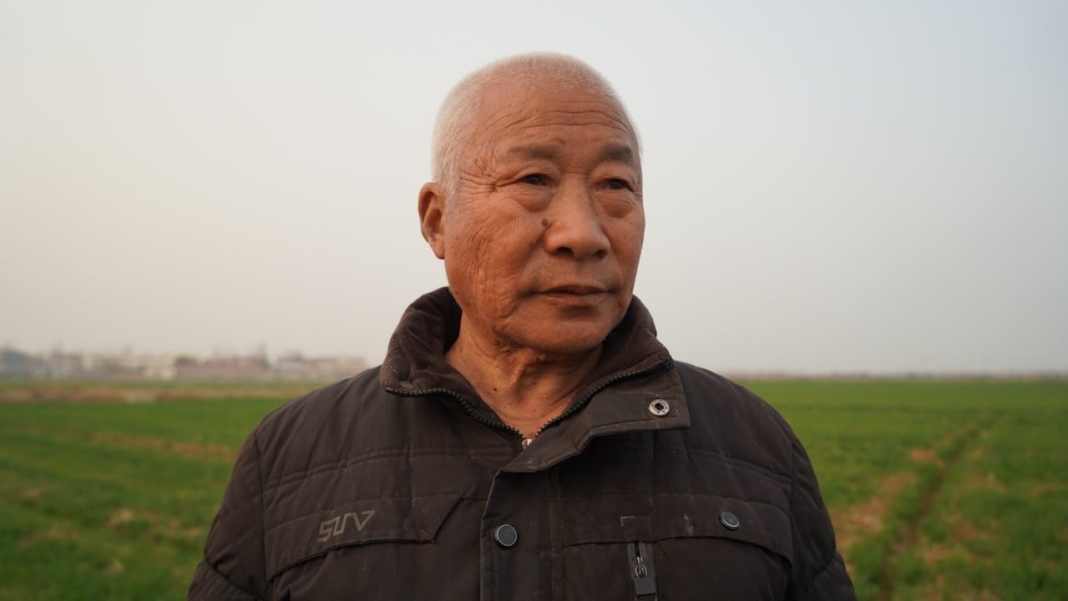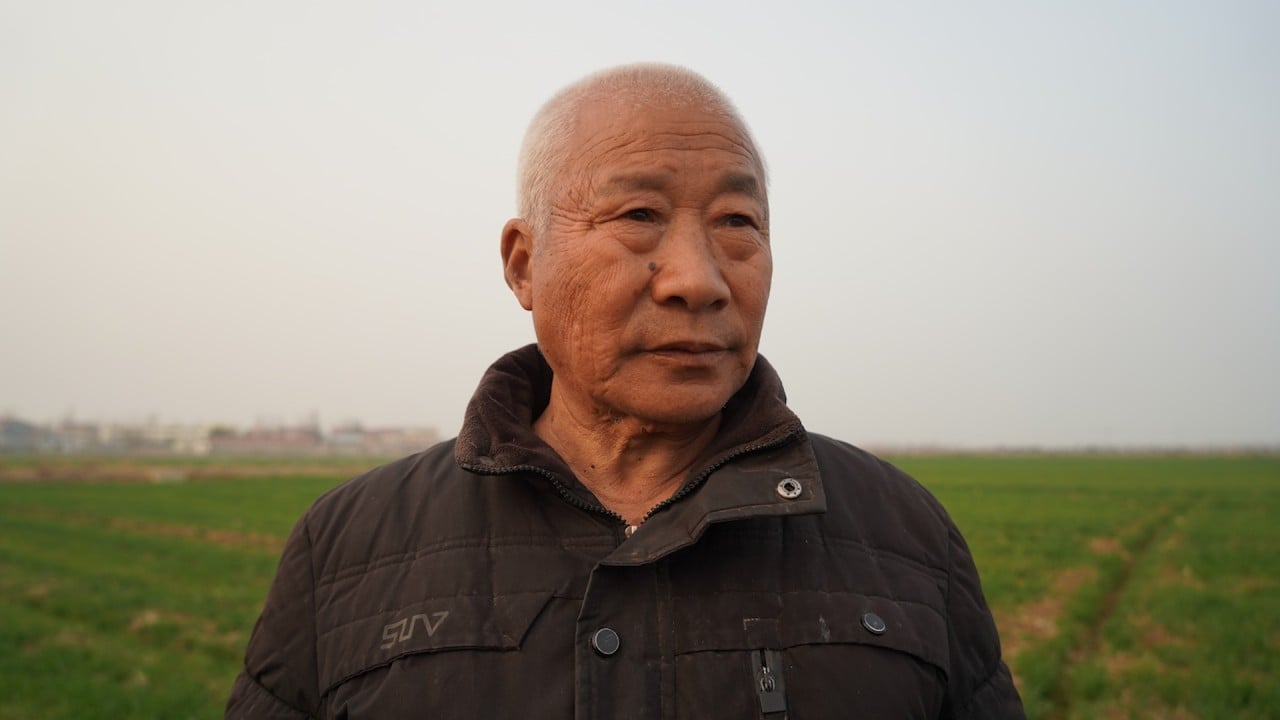Feeding just less than one fifth of the world’s population on just 9 per cent of the world’s arable land is one of the accomplishments that China has frequently boasted about.
With much of its 960 million hectares (2.4 billion acres) covered by mountains and plateaus, land resources are scarce for China, making its utilisation an issue of strategic importance.
While repeatedly warning against breaking the “red line” on the size of farmland of no less than 120 million hectares, China’s top leadership has urged higher efficiency in land use after decades of rapid urbanisation.
At a meeting chaired by President Xi Jinping in February, top officials agreed to improve coordination of land policies with macroeconomic policies and regional development, vowing to allocate more resources for regions that are more economically competitive.
And although the meeting’s official readout remained brief and vague, it signalled the need to reform China’s complex and rigid land system that is hindering further economic growth.
What is China’s current land system?
In China, the state technically owns all land and controls how it is used.
In urban areas, land can be leased to businesses and individuals through long-term leases that automatically renew, thereby granting functional rights similar to private property ownership.
However, rural land is owned by village collectives, and can only be traded among residents of the village.
The system was established to ensure collective ownership, while allowing farmers to use land for agricultural purposes.
But with more farmers relocating to cities amid urbanisation and industrialisation in the past decades, much of the rural land is deserted.
Because the land cannot be traded, farmers also cannot sell their houses or the farmland, which limits their ability to buy homes in urban areas.
There is, though, a shortage of plots in urban areas for commercial development, limiting urban areas’ economic growth prospects.
Fixing the urban-rural gap? China weighs making ‘left-behind property’ tradeable
Fixing the urban-rural gap? China weighs making ‘left-behind property’ tradeable
In 2022, the value-added industrial output in the less-developed northwestern province of Gansu was just 7 per cent of Guangdong in China’s more affluent southeast, Wuhan-based TF Securities said in February.
But the size of land available for construction per person in Gansu was 1.7 times of the available land in Guangdong.
What impact have China’s property marker woes had on traditional ‘land financing’?
When land is requisitioned for development projects, such as infrastructure or urban expansion, farmers and rural collectives are typically compensated by local governments.
Compensation may include monetary, resettlement or alternative land allocation.
But the amount is often far lower than what the government is paid when it sells the land to real estate developers, resulting in a significant fiscal revenue for local authorities.

This is known as a “land financing” development pattern that prevails across China.
Many local governments are now cash-strapped and even debt-ridden primarily due to prolonged woes in the property market that started during the coronavirus pandemic.
Is it time to reform China’s land system?
Making land tradeable between urban and rural areas and among different localities has been widely seen as a solution as the world’s second-largest economy seeks new growth potential.
In the western municipality of Chongqing, an experiment of freeing up the land market through a “land coupon programme” has been under way since 2008.
‘No more declines’: China’s crop crackdown targets critical grains, oilseeds
‘No more declines’: China’s crop crackdown targets critical grains, oilseeds
Under the programme, farmers who voluntarily convert their homesteads into cultivated land after settling down in cities are given “land coupons”, which they can sell later to local governments or developers that are in need of construction land quotas.
As of the end of 2022, around 24,700 hectares of rural land, valued at over 72 billion yuan (US$10 billion), had been traded under the scheme, according to the municipal state-owned assets supervisor, calling it a “fruitful reform”.
But the scheme has yet to be copied in other regions.
Source: scmp.com




